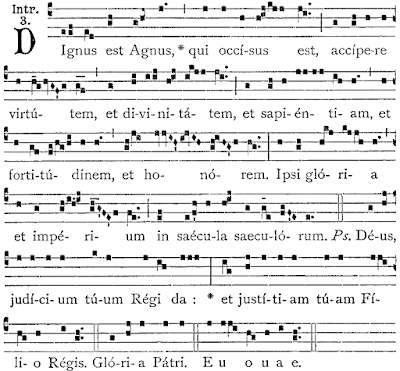For today's Feast of the Nativity of St. John Baptist, here's a recording of an Akathist hymn to John; the video is 51 minutes long!
According to OrthodoxWiki:
I've not been able to find the words so far, but continue to search....
According to OrthodoxWiki:
An akathist (Greek, akathistos) is a hymn dedicated to a saint, holy event, or one of the persons of the Holy Trinity. The word akathist itself means "not sitting." The akathist par excellence is that written in the 6th century to the Theotokos. In its use as part of the Salutations to the Theotokos service (used in the Byzantine tradition during Great Lent), it is often known by its Greek or Arabic names, Chairetismoi and Madayeh, respectively.
The writing of akathists (occasionally spelled acathist) continues today as part of the general composition of an akolouthia, especially in the Slavic tradition, although not all are widely known nor translated beyond the original language. Isaac E. Lambertsen has done a large amount of translation work, including many different akathists. Most of the newer akathists are pastiche, that is, a generic form imitating the original 6th century akathist into which a particular saint's name is inserted.
I've not been able to find the words so far, but continue to search....






















